Forgotten SA hero: Why Sir Hubert Wilkins was as incredible as Douglas Mawson
SIR Hubert Wilkins’ life story reads like a real-life Boys Own adventure, filled with incredible tales of heroism and astounding feats of exploration. Strange, then, that so few of us are familiar with the bloke from Mt Bryan in the Mid North, writes Nathan Davies.
READ BELOW: Time to recognise our forgotten hero
HE was one of history’s great aviator-navigators, the first person to take a submarine under polar ice and the first person to shoot moving pictures of a war.
He was the only Australian war photographer to be decorated in battle, a pioneer in the fields of climate science and meteorology and a man ahead of his time on issues of conservation and indigenous relations.
However few in Sir Hubert Wilkins’ home state of South Australia would recognise the name of the man widely regarded as one of the most important adventurers and explorers of the twentieth century, a man described by one WWI general as “the bravest man that I have ever seen”.
It’s a situation that the newly-formed Wilkins Foundation hopes to rectify, with members claiming his exploits were every bit as astounding as those of the much better known South Australian Douglas Mawson and that our Mid North renaissance man should be a household name.
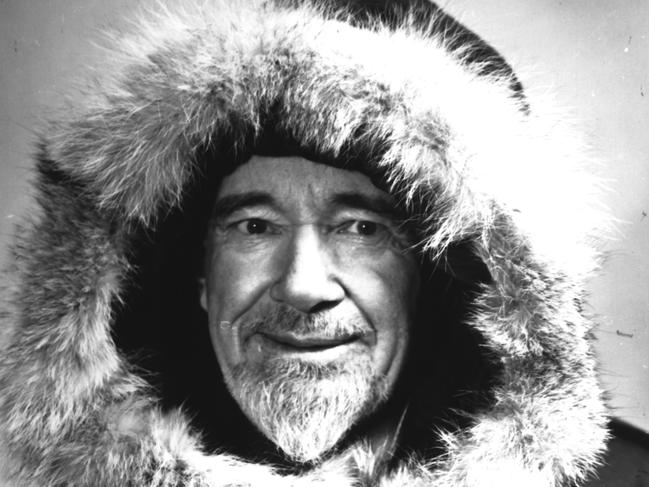
The foundation wants Wilkins’ exploits taught in schools, claiming his enlightened attitudes on issues like climate make him particularly relevant in the modern classroom, and eventually wants to bring his stories stored in archives in the US, UK and Europe together in one place so South Australians can reconnect with one of their unsung heroes.
Born in the hamlet of Mt Bryan, just south of Hallett, in 1888, the young Wilkins relished life in the country and had a particularly close relationship with the region’s indigenous people.
In his book The Last Explorer, author Simon Nasht writes of Wilkins’ interactions with the Aboriginal people.
“Almost unheard of for a white boy, he would camp out and hunt with his Aboriginal friends and became fascinated by their intimate understanding of the natural world and connection with the spiritual realm beyond.”
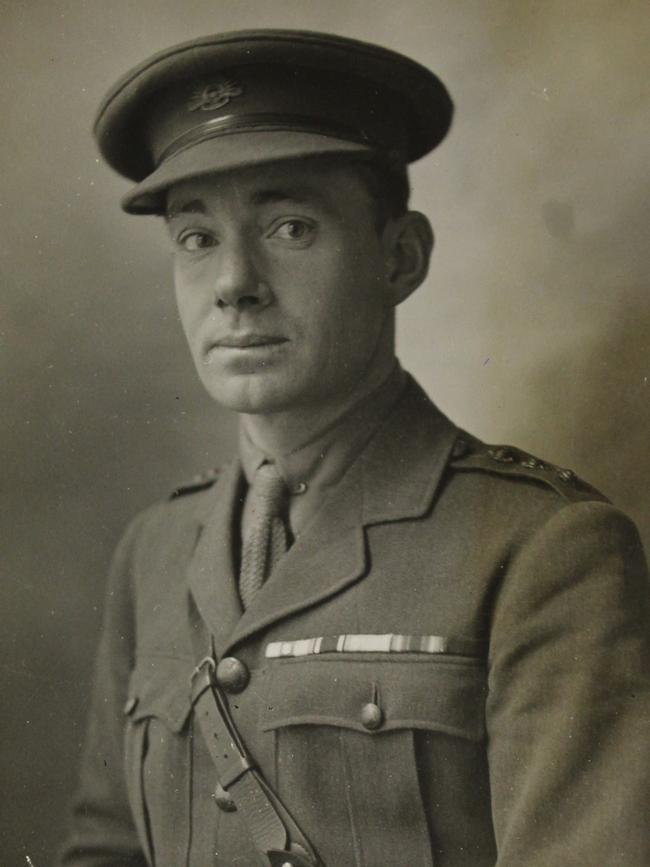
It was an upbringing, according to academic and Wilkins fan Dr Stephen Carthew, that prepared him well for the adventurous life that followed.
Dr Carthew describes Wilkins as, “a renaissance man, polymath and possibilian”.
“He was a possibilian in that he doesn’t ever become a true believer in any one thing, but remains open to everything. He’s a true believer. Wilkins was prepared to think about hard things.”
Hard things like documenting the First World War as an official photographer and becoming the only Australian photographer in any theatre to receive a combat medal after he was awarded the Military Cross for rescuing wounded soldiers during the Third Battle of Ypres.
So immersed in the thick of the fighting was Wilkins that he even found himself taking charge of a group of American soldiers who’d lost their officers, earning him a bar for his Military Cross.
Before his work in WWI he shot what is generally thought to be the first ever moving pictures of a battle during the Balkan War of 1912.
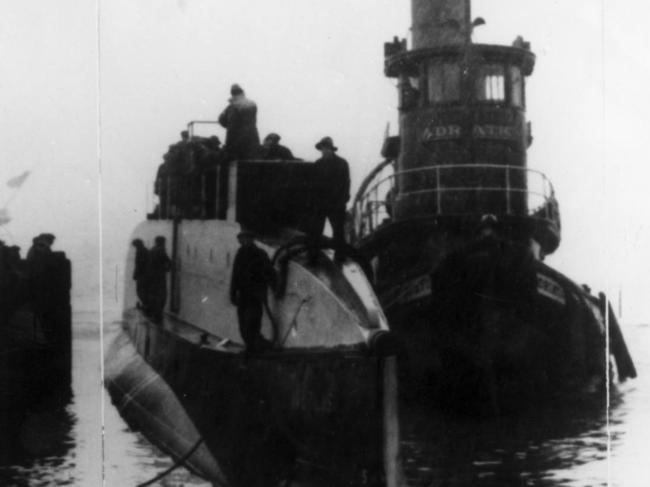
After the war Wilkins called on his love of the natural world, and previous Arctic experience, to serve as an ornithologist on the Shackleton-Rowett Expedition, considered the last great voyage of the heroic age of Antarctic exploration.
In 1927 Wilkins and pilot Carl Ben Eielson landed a plane on drift ice north of Alaska, becoming the first people in history to achieve this feat (an important milestone in polar exploration), and a year later the pair made a trans-arctic flight from Alaska to the Norwegian island of Spitsbergen, a flight then described by the New York Times as “the greatest flight in history”.
But it was Wilkins’ plan to pilot a submarine beneath the Arctic’s sea ice that was perhaps his most ambitious.
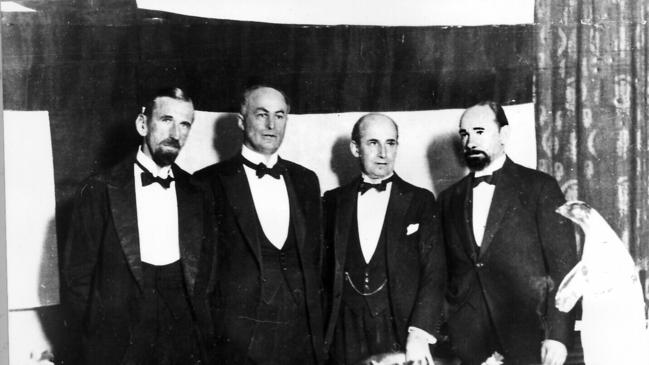
The explorer believed Arctic meteorological stations would one day be vital to forecasting the planet’s weather, and that a sub would be the best way of getting equipment to the literal ends of the earth.
The voyage was plagued by tragedy and bad luck, and in the end Wilkins abandoned the plan, but not before making important scientific observations and paving the way for future underwater expeditions.
Dr Carthew says Wilkins recognised the important role the frozen polar regions played in the planet’s climate.
“He could be called the father of climate change, in a way,” he says.
“There’s a bit in Simon Nasht’s book where he talks about picturing the Earth as the astronauts saw it — he actually describes it in exactly that way.”
So how did a man whose life was so filled with tales of bravery, discovery, compassion and derring-do become something of a footnote in the history of his own state?
Dr Carthew says there were a number of possible contributing factors.
“He never had a publicist, he certainly wasn’t a self-promoter,” he says.
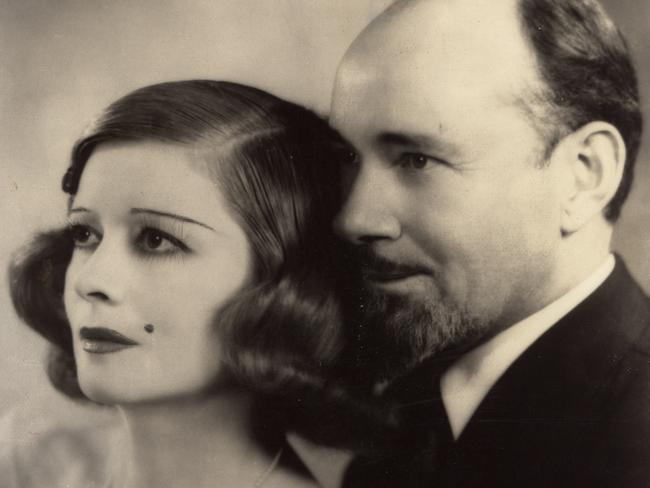
“And he also criticised Australia in his book in 1928, making some comments about how Australians treated the land and the way they were treating the indigenous people.”
His open interest in clairvoyance and alternative spirituality may have also painted him as a cultural outlier in a more conservative time. He was, in his later life, a devotee of the mysterious Urantia Book, and also participated in long-term experiments in telepathy.
Whatever the reason, the Wilkins Foundation wants the situation rectified, and Dr Carthew thinks he knows just the people to help the cause.
“The people we’re most keen on are teachers, because teachers can impart and take up this story,” he says. “I believe he has a lot to offer the modern world.”
Modern explorer and entrepreneur Dick Smith agrees, calling Wilkins “Australia’s greatest adventurer”.
Such is Smith’s admiration for the South Australian that he registered many of his aircraft with the letters SHW.
Smith, who was instrumental in the restoration of the Wilkins family homestead, owns one of the late explorer’s arctic sleds, as well as the “woody” car Wilkins was working on when he died in 1958.
“I’d love to see a museum, or a wing of a museum, dedicated to Wilkins and I’d happily donate the sled and the car to such a museum,” Smith says. “South Australia really should take Sir Hubert to heart.”
The Wilkins Foundation will be launched by Simon Nasht, author of The Last Explorer (with an introduction from Prof. Jason Bainbridge of UniSA’s School of Creative Industries) at the university’s Hawke Centre, 7pm on Wednesday. Book at trybooking.com
Time to recognise our forgotten explorer
By Nathan Davies
ADVENTURER Dick Smith has called on South Australians to embrace forgotten explorer Sir Hubert Wilkins, a man he describes as “our greatest adventurer”.
The call comes days before the official launch of the Wilkins Foundation, a group determined to raise the explorer’s profile and introduce him to a new generation of school students.
Wilkins (pictured), who was born in the Mid North hamlet of Mt Bryan in 1888, was the only Australian war photographer to ever receive a combat medal, the first person to film a battle, a pioneering polar explorer and aviator, and the first person to pilot a submarine under a polar ice cap.

However, unlike other South Australian explorers like Sir Douglas Mawson, there is very little to recognise Wilkins’ feats beyond a road within the Adelaide Airport and, bizarrely, a portrait in the airport’s male toilet.
Smith, who was instrumental in having the Wilkins family homestead restored and also owns one of his polar sleds and the car he was working on when he died, said recognition for the late explorer was long overdue.
“He was our greatest adventurer and a hero of mine,” Smith said.
“Many of the aircraft that I’ve flown on my own adventurers have been registered with the letters SHW (Sir Hubert Wilkins).
“I’d love to see a museum, or a wing of a museum, dedicated to Wilkins and I’d happily donate the sled and the car to such a museum,” Smith says. “South Australia really should take Sir Hubert to heart.”
Page 62: Hubert who? How we forgot an SA hero

